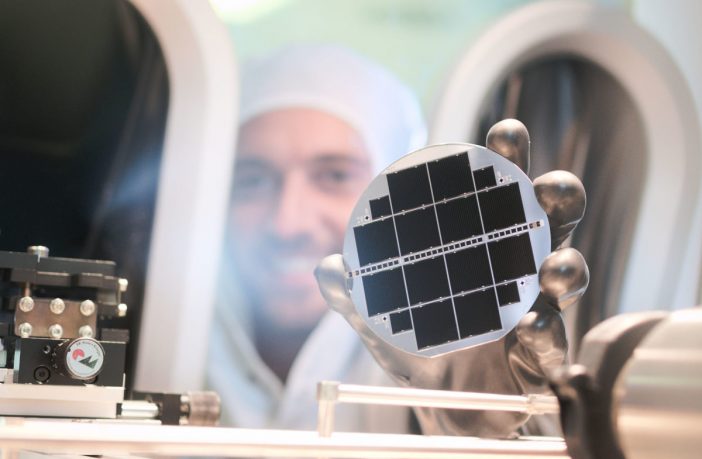- A group of scientists is proposing a new metric – the value of efficiency – to calculate the maximum allowable cost to increase a cell’s efficiency and improve the levelized cost of electricity (LCOE).
- The researchers expect that more regional diversification may be seen at the global level in the years to come, with the proposed metric offering higher values in North America, Central and Northern Europe, Japan, Australia, and New Zealand.
The value of efficiency (VOE) is a new metric proposed by a group of international researchers to determine when it is economically convenient to increase the conversion efficiency of a given solar cell.
In The Value of Efficiency in Photovoltaics, which was recently published in Joule, scientists from the Massachusetts Institute of Technology and the Solar Energy Research Institute of Singapore explained that the new metric was conceived to establish the maximum allowable cost for increasing a cell’s efficiency to improve the levelized cost of electricity (LCOE).
This limit, which is defined as the cost for innovation that maintains LCOE unchanged, was calculated by co-varying manufacturing costs and efficiency to find iso-LCOE conditions. This methodology is said to provide a tool that compensates for the lack of an established approach to assess the allowable costs for an innovation, although the research team has clarified that “allowable costs are a moving target,” and that the approach may be reviewed in the future.
The paper, which is based on costs for PV installations in the United States, notes that the VOE is strongly dependent on the ratio of module costs to installation costs. “While module cost numbers are published frequently, reliable numbers for installation costs are much harder to obtain and are much less frequently published,” the researchers explained.
The researchers said that VOE values have declined rapidly in the past and are expected to drop more in the future, although not as quickly as in the past. A stronger divergence between technologies for the utility-scale and residential segments will become visible in the future, with efficiency becoming more valuable in the latter.
“Already now, spending 10$/m2 to increase efficiency by 1% is prohibitive for utility-scale systems. For residential systems, the same improvement would reduce LCOE, and more importantly will continue to do so in the foreseeable future,” the researchers said.
The research group also predicted that more regional diversification may be seen at the global level in the years to come. “Advanced concepts like n-type monocrystalline PERC silicon solar cells could be economically preferable to multicrystalline silicon solar cells in some countries, but may fare worse in others, including China and India,” they stated, while adding that this diversification may create domestic solar manufacturing industries in some countries.
The VOE is said to be particularly high in North America, Central and Northern Europe, Japan, Australia, and New Zealand. “In the remaining regions, VOE values are significantly lower – more than 50% of all countries feature a VOE that is more than 25% below that of the US,” the scientists said. “Consequently, cheaper multicrystalline silicon solar cells have better prospects in utility applications there.”
Author: Emiliano Bellini
This article was originally published in pv magazine and is republished with permission.











